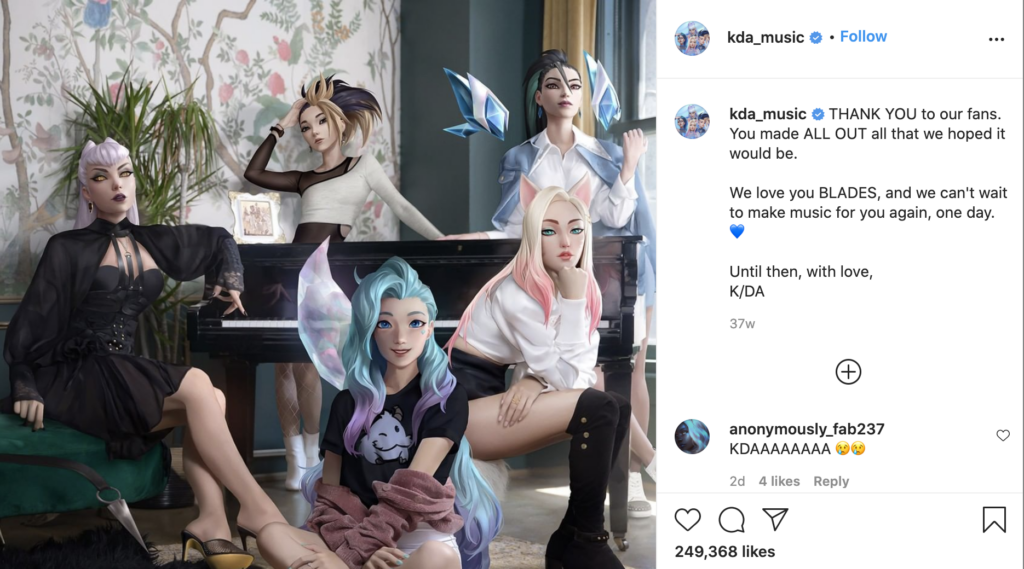This is the first entry in a three part series. Click here to download the entire guide (PDF).
There are brands, and there are iconic brands. As D.B. Holt put it in How Brands Become Icons: The Principles of Cultural Branding, “icons come to represent a particular kind of story – an identity myth – that their consumers use to address identity desires and anxieties.”
An iconic brand’s mass market appeal results from aligning myths with ideals relevant in culture – a social group’s commonly held attitudes, beliefs, and social practices. Especially since research shows that shared culture has a strong influence on brand perception [source].
Keep in mind, culture has historically been tied to ethnicity, nationality, and/or religion. However, the 21st century digital age is quickly changing those dynamics.
For example, video games are the heartbeat of a new media culture – influenced by the 2.9 billion people who will spend an estimated $175.8 billion on games in 2021 [source]. In it, competitive video games (esports) are a hugely popular activity. With an estimated global audience of 474 million consisting mostly of the 18 –35 age group, esports is a massive growth opportunity for brands and marketers.
In tandem, a new wave of online games is redefining the notion of entertainment for younger generations. Where more social, community-oriented games have converged with millennial and Gen Z tastes to create a colorful, digital culture. Albeit one with equally lofty standards for brand relevance and resonance.
Cultural branding is a means of authentically participating in this fresh, vibrant culture and connecting with hard-to-reach, digital natives. Where the objective is to transform your brand into a meaningful symbol for gamers across the world.
Introduction
Brands become iconic by marketing through culture. Nike’s Air Force 1 (AF1) sneaker line is one such example. The shoe is a classic footwear icon among enthusiasts and mainstream consumers alike. However, it was hip hop culture that provided a springboard to commercial success. Today, AF1 is one of the best-selling shoes of all time.
To be clear, Nike’s 1982 release of Air Force 1 as a basketball shoe was only indirectly responsible for eventual retail success. In that, association with the sport earned credibility with urban consumers. But it was the connection with emergent hip-hop culture that eventually granted mass market appeal.
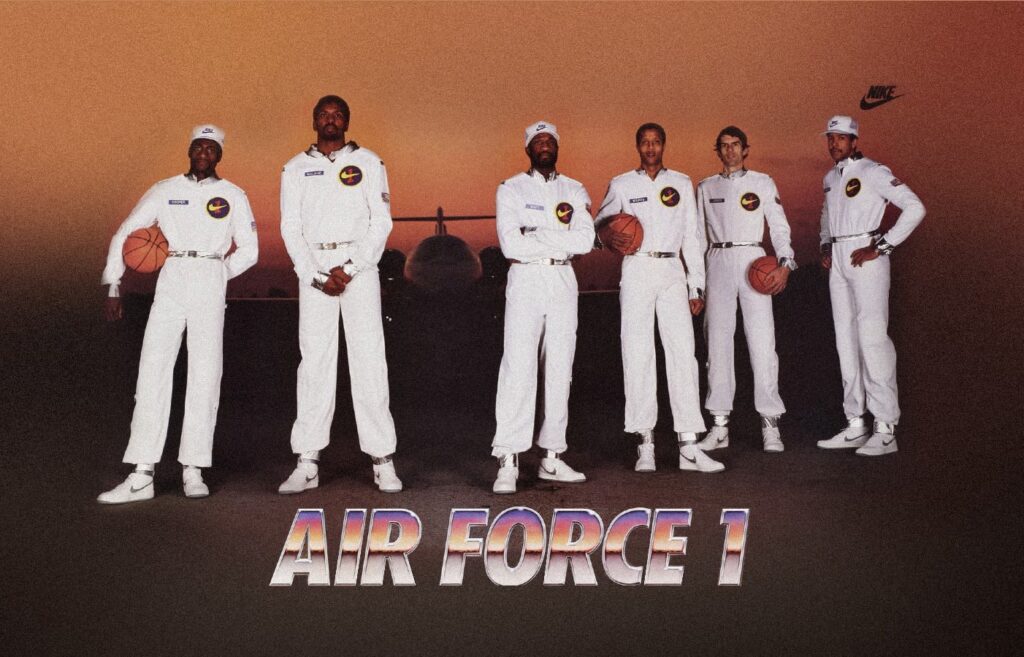
Early on, when the shoe emerged as a fashion symbol in African American communities, Nike agreed to support a special “color of the month” collection for a select number of stores in Baltimore, Maryland. A move which blossomed into selling AF1’s in selected inner cities across the USA [source].
The shoe supplied distinct symbolic value (prestige) to Black America’s identity expression. As a result, it was a fashion mainstay in hip-hop culture through the 2000’s – highlighted by consistent lyrical mentions from rap artists like Jay Z and Nelly.
As the music genre’s mainstream popularity exploded, more people bought the shoe due to its cultural cachet in hip-hop fashion. Still relevant today, AF1’s longevity is due, in large part, to its connection with urban culture – much more than product design and advertising budget.
Esports is a similar opportunity to meaningfully connect your product with gaming, the same way Nike connected with hip-hop through basketball, on the road to becoming an iconic brand. To do so, your esports marketing must employ cultural branding.
Along those lines, this guide details the ins and outs of branding through culture, including:
- Understanding esports’ relationship to online gaming
- The importance of identity value
- How to immerse your brand in the culture of games
What follows are instructive principles and methodology for brands and marketers. The goal is to guide development of a cultural branding strategy, demonstrate why it is crucial to powerful esports marketing, and ensure it is authentic to the passions and interests of gamers across the world.
Want to read the entire guide? Click here to download (PDF).
Cultural branding 101
The objective of cultural branding is to build your brand into a cultural icon – a symbol of an ideal that people hold in high regard. Celebrities, athletes, politicians, historical figures, and even physical places are examples of icons.
Branding through culture is about connecting with the anxieties and hopes shared by large numbers of people. Traditionally, it is intended for identity categories e.g., “ego-expressive products,” like automotive, beauty, clothing, etc. Since people tend to value these identity brands as a means of self-expression.
However, the connection between all brand categories and culture is particularly relevant today as more people demand that companies take a stand on current events. Such that cultural relevance is becoming a major factor in brand image – especially among the youth. To demonstrate, consumers aged 18 – 35 over index by 31% on the importance of brand involvement in social issues and movements [source].
Brands participate in contemporary culture by taking a stand on current events and social issues. However, unique customs, symbols, and traditions (including esports) have evolved around the shared experience of playing video games. This distinct culture is normalized by a growing number of gamers worldwide.
It is important to distinguish between someone who plays games and someone who is a gamer. For the latter, gaming is more than a passing hobby – it is a lifestyle choice. Gamers identify with their passion in a way that connects them with a larger community of like-minded people.
While brand marketing is comfortable navigating popular culture, the principles of branding through gaming culture are different. Regardless, realizing its objective – building your brand into a cultural icon for gamers across the globe – has massive growth potential.
Especially considering the trend of video games influencing popular culture. For instance, Ariana Grande headlined the “Fortnite Rift Tour,” where the pop star performed five virtual shows hosted in Epic Games’ Fortnite. Available for three days in August 2021, the show was enjoyed by millions of fans worldwide.
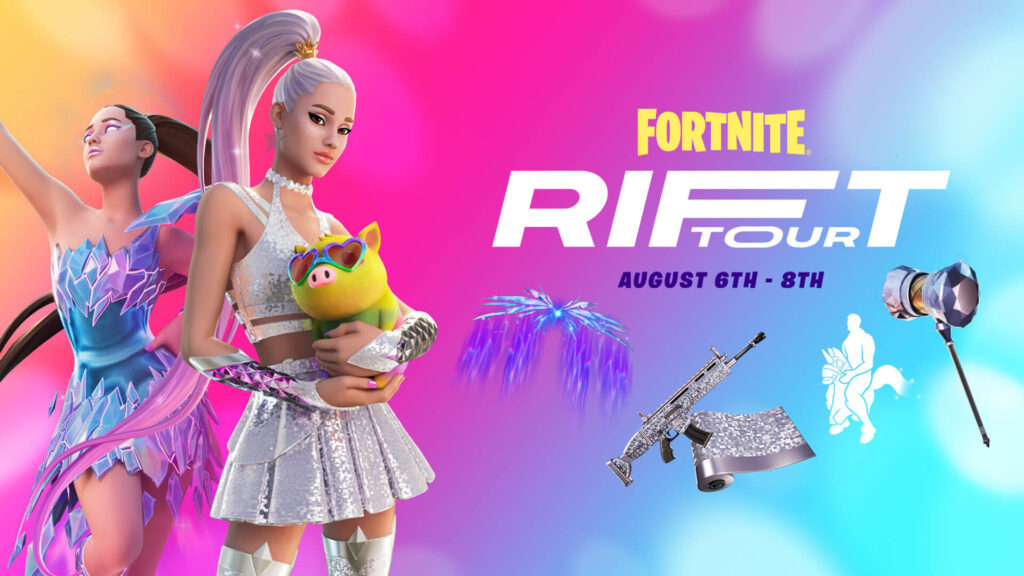
The event successfully combined aspects of traditional music concerts with virtual mini-games and in-game items. That said, Ariana Grande was not the first music superstar to make her way into Fortnite. Travis Scott, a chart-topping hip hop artist, headlined an April 2020 event that attracted 12.3 million concurrent players [source].
Fortnite, which generated over $9 billion in 2018 and 2019 combined [source], illustrates the appeal of increasingly social online games. Such that, with more people connecting and building relationships with others through gameplay, gaming is poised as a pre-eminent 21st century marketing vehicle.
However, numerous factors associated with the unique culture of video games affect brand communication. The same way that global brands must be sensitive to cultural differences that exist between different countries, esports marketing must navigate cultural nuances in gaming.
A cultural branding strategy is the key to campaigns that resonate with the growing number of people whose lifestyle is influenced by a passion for games. Why? Because culture is a window into their needs, wants, and aspirations. Most importantly, culture is the most compelling medium for communicating what your brand offers that nothing else can.
Want to read the entire guide? Click here to download (PDF).
Understanding the culture of games
The term “video game” includes everything from playing a game of Sodoku on your own to massively multiplayer online games (MMO) like Fortnite. The popularity of online gaming has shifted perceptions of video games from an isolated activity to one that empowers players to participate in vibrant communities.
Each game community embodies a distinct subculture reflective of its genre, player base demographics, and publisher involvement. In certain groups, the desire to compete against other players and/or improve skills through gameplay is particularly pronounced. At that point, a competitive scene – ranking, teams, and tournaments – can develop.
From there, an esports audience forms around organic demand for spectating competition. Thereby extending the game community’s boundaries to include fans who are not active players. A game’s player base and esports fanbase can coexist because competition is a time-honored social practice in gaming culture.
To illustrate, Mojang’s Minecraft is a popular game – purchased by Microsoft for $2.5 billion in 2014 – that has been successfully applied in education [source], infrastructure planning and habitat studies. As popular and successful as the game is, it lacks all the characteristic features of successful esports titles. Yet, the Minecraft community is home to a self-sustaining competitive niche.
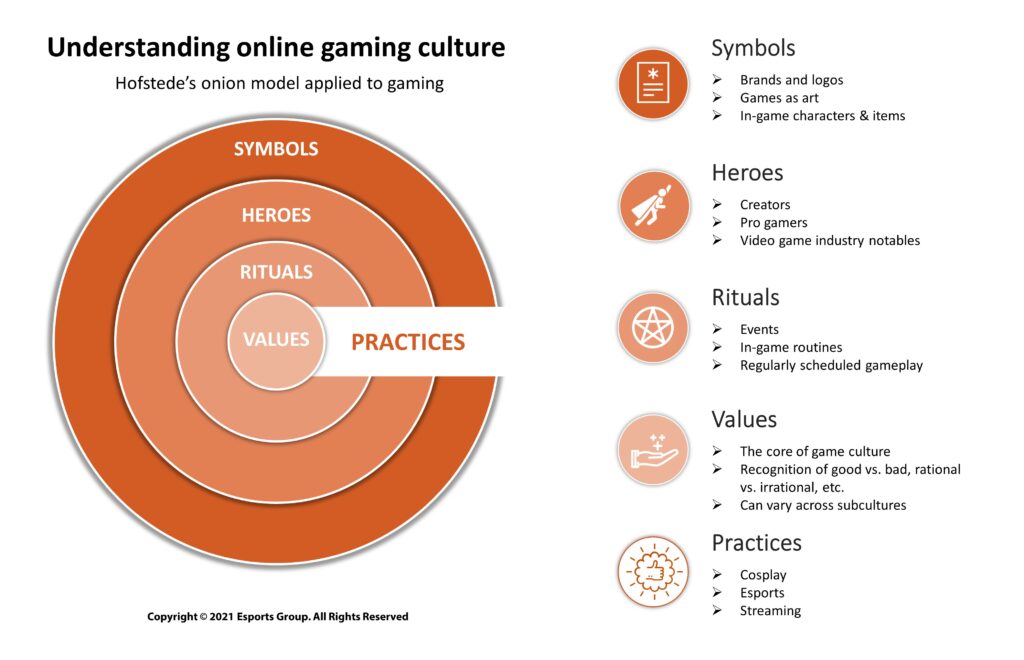
Meaning, online game communities are unique subcultures which nonetheless share certain tendencies. This shared cultural DNA is the source of an authentic connection with esports audiences and an even larger market of gamers. Especially since all esports fans are gamers, but not all gamers are esports fans.
The following is a cursory view of online gaming culture – not to be confused with a dedicated ethnographic study. These overarching elements give color to a diverse group of symbols, values and social practices associated with online games. All of which define the pillars and rules for cultural branding.
Commerce
The video game industry’s massive revenues are proof of gamers’ willingness to spend on their passion. Selling in-game content is one of the largest forms of commerce in gaming and a lucrative revenue model for game publishers. Still, in-game transactions are intimately related to the gaming community’s shared attitudes, values, and motivations.
Research has also shown that social ties – such as sending gifts (“gifting”) to strengthen relationships between players – are a strong incentive to spend money in-game [source]. Meaning, players can satisfy consumption desires without leaving in-game environments. The same dynamics impact gamers’ expectations for customer experiences of all stripes.
Creativity
Gamers are active in generating meaning, through the creation of media shared within communities – modifications (mods), walkthroughs, machinima, etc. This extends to the curation and preservation of games through collective activities such as emulation and online archive creation.
Video game streaming is a massively popular activity in this regard. Where services like Twitch, YouTube and Facebook allow broadcasting gameplay online (streaming), so others can watch. Unlike traditional forms of games-based media, streaming is live and unedited.

Events
For years, conventions held by the video game industry in the summer months were the gold standard for gaming events. The emergence of stadium-filling esports events has permanently changed that dynamic. Either way, offline events are an opportunity to strengthen online relationships and meet others who share the same passion.
The digital nature of online gaming also means that pre-determined updates containing major balance changes and new in-game items are calendar events. Updates for titles like Epic Games’ Fortnite or Electronic Arts’ Apex Legends are organized into pre-determined seasons that serve as virtual events.
Fandom
In online gaming, fandoms are like-minded groups of people who express avidity for a game franchise outside of gameplay. The term implies an explicit subcommunity with social practices like cosplay – where fans dress as characters from games as a means of self-expression and social interaction.
Fantasy elements like game lore, back stories that expand an in-game universe outside the main plot, help fandoms thrive through connection with a wider game community. The purchase of game-related collectibles and merchandise also falls under this theme.
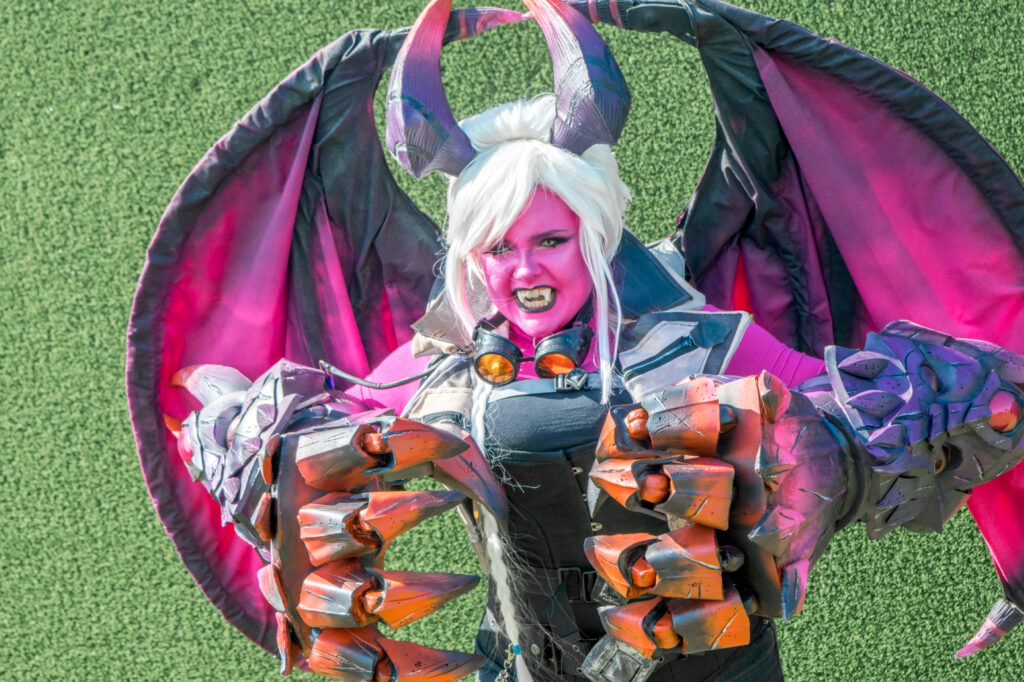
Fashion and style
Gamers have historically adopted fashion trends from contemporary culture. However, with the gaming lifestyle’s boundaries quickly expanding, designs inspired by a passion for games are in vogue. And, with gaming establishing itself in mainstream cultural canon, gamers are now influencing the fashion industry.
While gaming culture is the vehicle for a new lifestyle and related wave of fashion trends. Games are challenging fashion for the title of ultimate tool for self-expression – especially among the youth. Where more game titles allow players to craft their personal style through a range of in-game cosmetics.
Geography
Video game play connects people of all backgrounds and beliefs who otherwise would never meet. While online gaming is a common thread for many across the globe. Diverse offline cultural perspectives, inherited from different physical locations, are prominent.
For instance, societal acceptance of competitive video games as a sport varies across different countries and regions. And while most games are designed to be culturally agnostic, players perceive them through filters influenced by the geography of their personal background.
Identity
The sheer popularity of online gaming has removed gamer identity from the category of socially marginal phenomenon. For many people, playing games together is a source of peer bonding through a shared experience. Personal performance and outward expression within a game community strengthens individuality and is a chance to forge a shared identity [source].
This dynamic is illustrated by the split between PC gamers and console gamers. In that, there are distinct shared identities for gamers depending on their gaming platform of choice. The overlap of individual and group identity, expressed through games, is evident within subcultures like the PC Master Race and memes devoted to distinguishing the two groups.
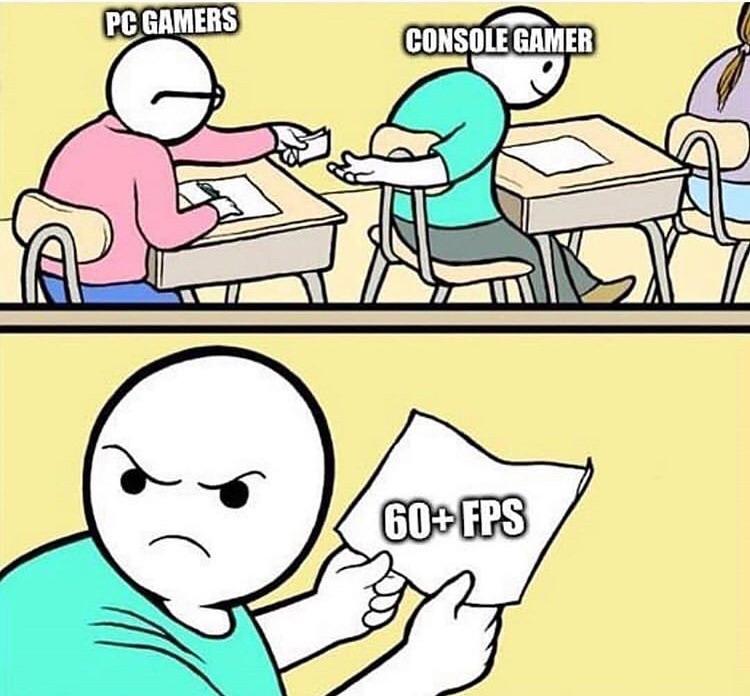
Innovation
As a special form of media, video games are created through the application of innovative software design and development principles. The direct influence of programmer subculture surrounding game development adds a high-tech wrinkle to gaming.
Design and development practices are core to innovation in games, which serves an immense cultural need. However, there is palpable tension between a game’s creative/technical complexity and the passionate expectations of its player base. The result is an intense emotional charge, where changes to a game can polarize its community.
Language
In the years before gaming enjoyed status as a form of mass media, language was an important filter for finding other gamers with similar interests. Even today, learning jargon (lingo) is a cultural rite-of-passage for becoming a full-fledged member of some game communities. Language is also a unique identifier for classifying experience and/or dedication.
Presently, a unique vocabulary – including numeric abbreviations and other slang – enables efficient in-game communication, while doubling as a form of social bonding. Terms like nerf, camping, and grinding take on contextually different meanings within the culture.
Legacy
Since their inception as a technological niche in the 1950’s, video games have evolved at an astronomical rate. This rate of change means a brief history seems much longer. Still, history is a crucial point of reference for the global community of gamers. For example, the timeline of game titles like Valve’s Counter-Strike is intimately tied to the emergence of esports.
And, like movies and music, older games have tremendous nostalgic value. Retro gaming, also known as old school gaming or classic gaming, is the playing of older generation video game systems in the present. Since these systems are often obsolete or discontinued, retro gaming typically involves emulation through modern hardware.
Music
Music is the universal language, with video games not far behind. Traditionally, music has worked in tandem with games to transport audiences to another world entirely – the same way it does with other forms of media like film. Even the emergence of online games, some of which do not include in-game music soundtracks, has done little to sever intimacy between the two mediums.
For instance, Riot Games – publisher of League of Legends – launched K/DA, a multilingual, virtual girl group in 2018. The group is centered around four playable characters in League of Legends. Their first release, “POP/STARS,” – an electric dance track in Korean and English featuring real-life singers Soyeon and Miyeon of (G)I-DLE, Madison Beer, and Jaira Burns – was an immediate hit with over 450 million views on YouTube to date.
Norms and etiquette
While toxicity in online gaming is well documented, certain behaviors are universally encouraged or discouraged. As an example, in games with text-based player communication, it is rude to type in all caps, because that is “shouting” online.
Gamers are also expected to be friendly and welcoming to newbies – slang for newcomers – on account of their lack of experience with the game. Still, these are harder to enforce in digital environments tied to a greater degree of anonymity.
Professionalism
The multi-billion-dollar video game industry has long been a source of potential career options. However, a new wave of games-based media – esports, video game streaming, etc. – is expanding what it means to be an industry professional. Esports and streaming are increasingly attractive career outlets for young people, because it is a vehicle for making a living pursuing one’s passion.
As a space that attracts younger generations, online gaming is also marked by the widespread aspiration to achieve greater heights of legitimacy, professionalism, and spectacle. Much more than just the dream of becoming a pro gamer or popular YouTuber – qualified mentorship, career guidance and skill improvement are highly valued.
Social relationships
The connectedness of online gaming is the source of a unique form of social capital – a driving force for friendships. Specifically, the emergence of massively multiplayer online games (MMO) has enabled a new wave of relationships to form within game communities. Connections which are important conduits for cultural norms.
Involvement in culture can also lead to social status. Where gamers gain standing due to talent or social connections. Tyler ‘Ninja’ Blevins, a Twitch streamer, whose popularity rivals that of top influencers on social media platforms, is a fitting example. Ninja’s involvement in online gaming – first as a pro gamer, then as a creator – has opened the door to his own toy line and a shoe deal with Adidas.
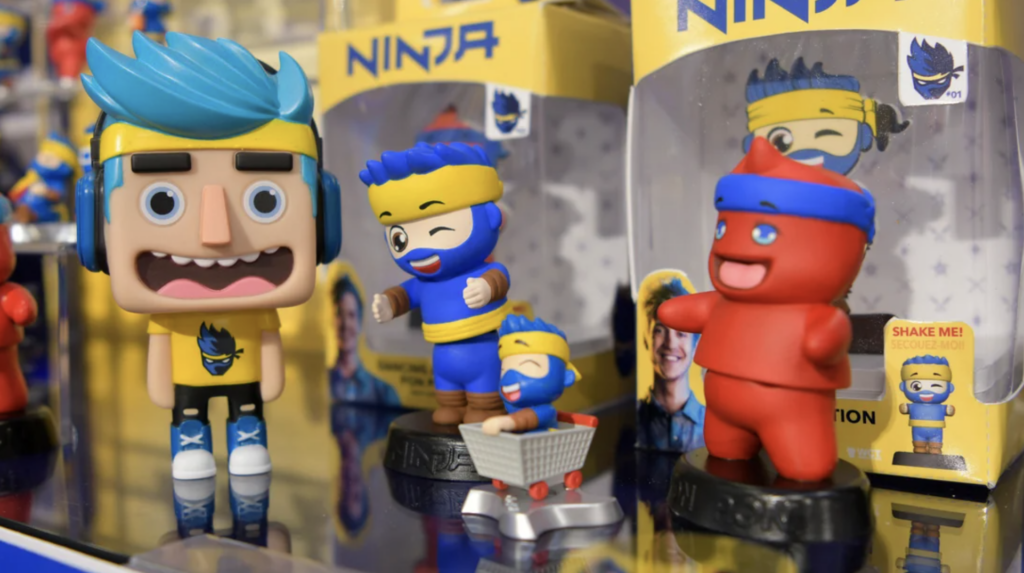
Want to read the entire guide? Click here to download (PDF).


